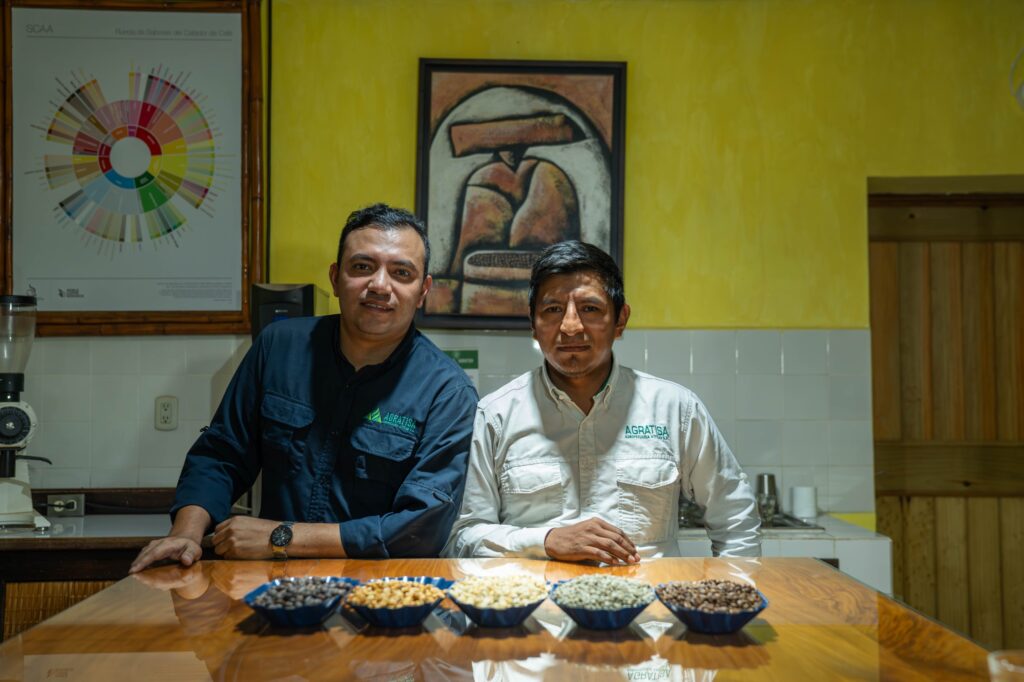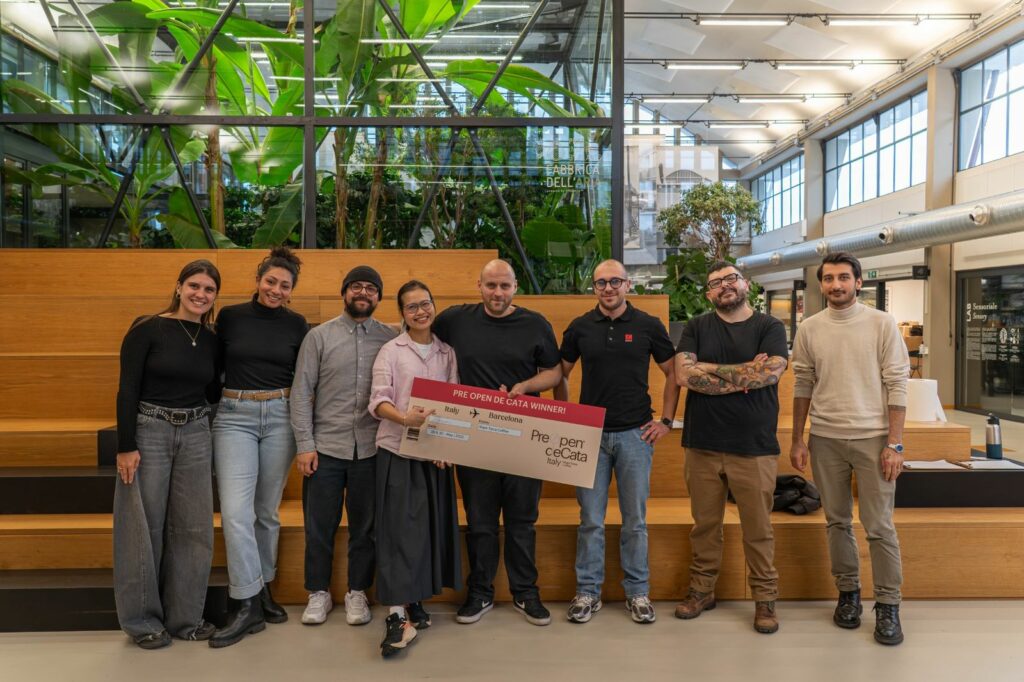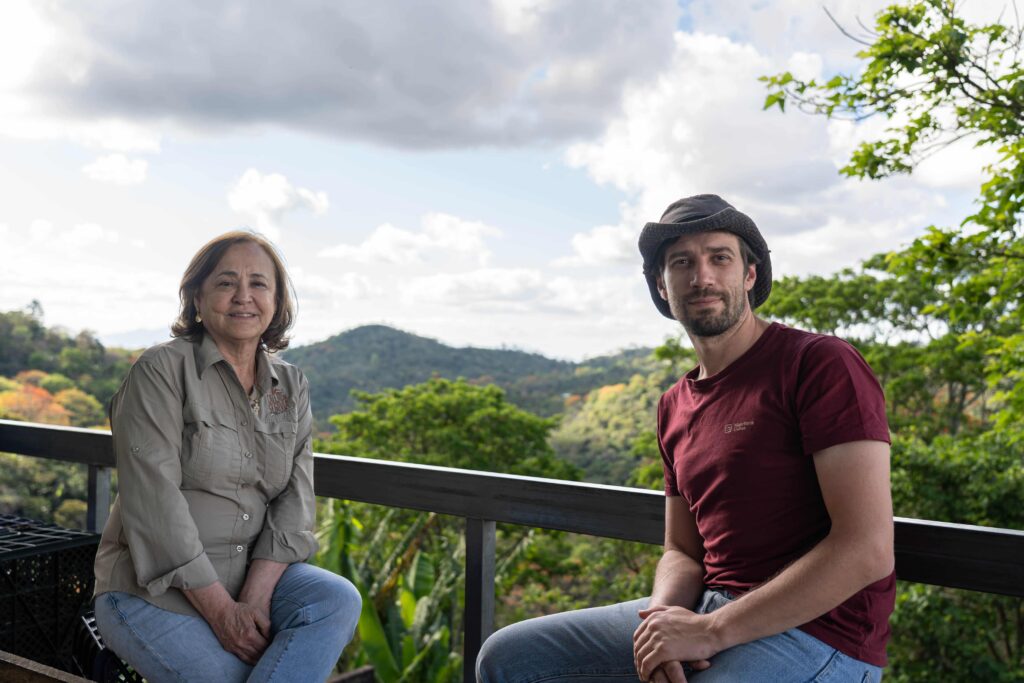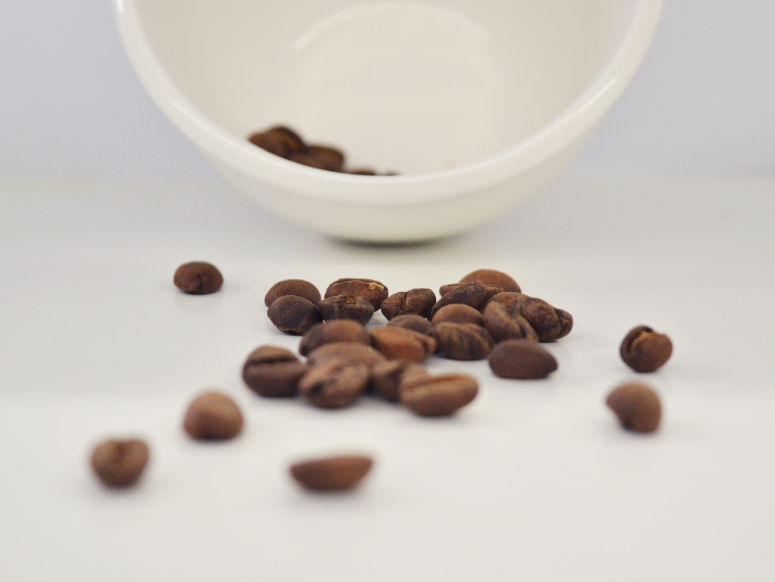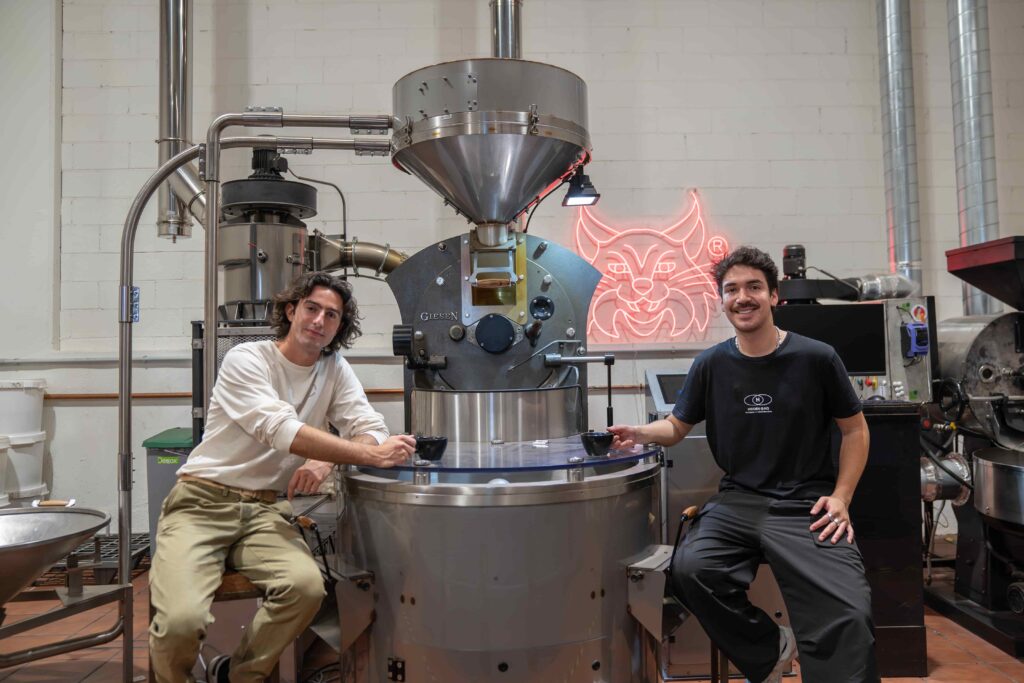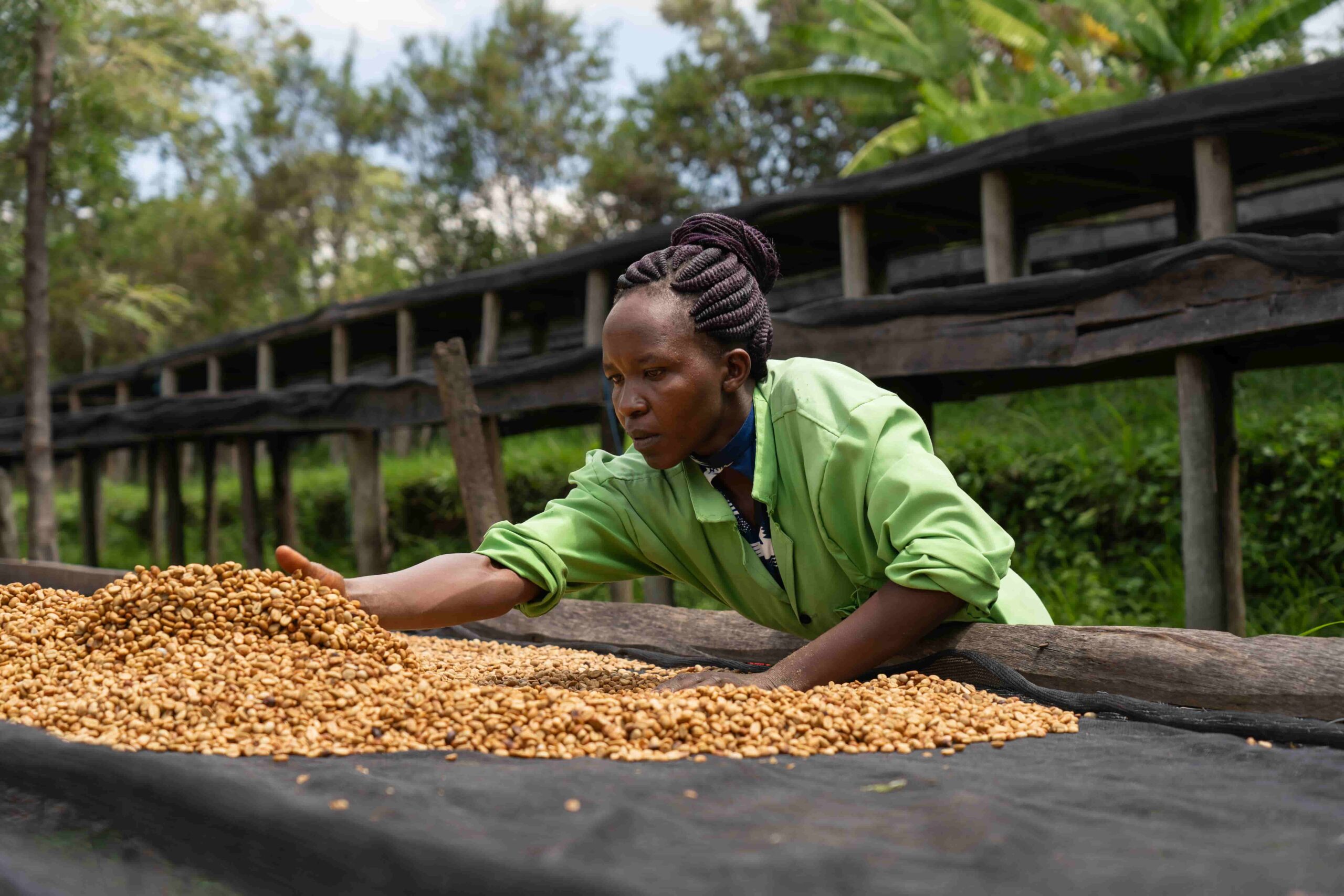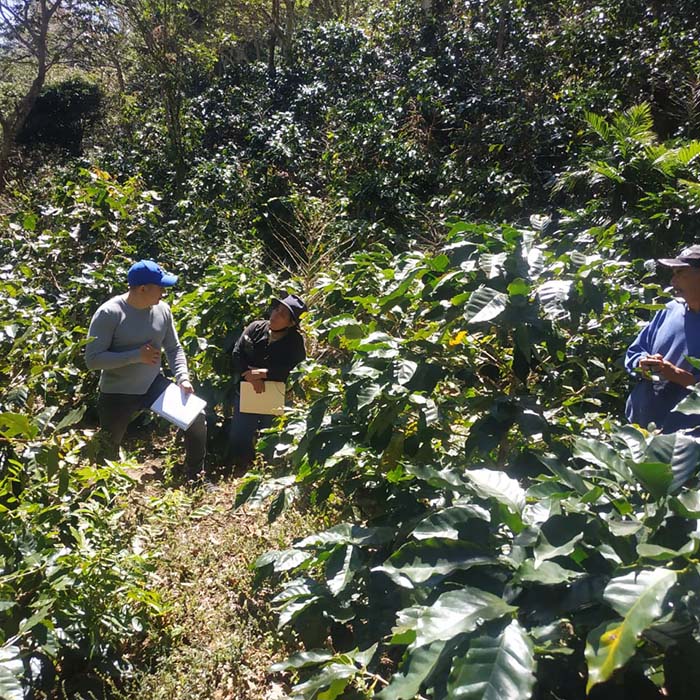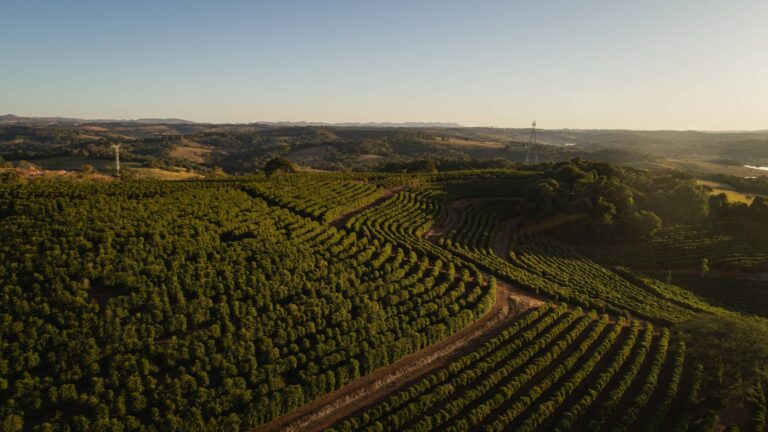Green Coffee Roasting Curves

What is the green coffee roasting curve?
Coffee roasting curves are a way to visualize the transformation process of green coffee beans by applying heat in a controlled manner inside a coffee roaster.
The setting of the parameters: time and temperature, is used to optimize the Flavour and enhance the aromas of the Coffee. As the beans are subjected to heat, they go through different roasting stages, each one undergoing chemical and/or physical transformations. These stages are represented on a graph known as the “roasting curve”.
Stages of roasting curves:
Heating: The roasting curve begins with the initial heating, where the coffee beans begin to absorb heat energy. During this phase, depending on its speed and intensity, a degree of roasting uniformity is generated. The deeper the heat enters the coffee bean, the more uniform the roast will be.
Initial drying: During this phase, the temperature of the grain exceeds 120 degrees Celsius and the Moisture in the grains begins to evaporate, overcoming the resistance of the grain cell walls. At this stage, the grain loses much of its free Moisture and accumulates vapor energy inside. The grain begins to physically transform, gaining more volume. The roasting curve rises gradually at this stage.
Coffee roasting – chemical transformations: As the temperature inside the coffee roaster increases, the sugars, proteins and amino acids in the coffee beans begin to react in what is known as the ‘Maillard reaction’. The sugars enter the caramelization process and the large amount of Acidity in the Coffee bean also begins its transformation process. This results in the development of complex Flavours and the formation of aromatic compounds.
Development period: Entering the point of the first crack is another critical moment in the roasting curve, as the coffee beans begin to expand and emit a characteristic sound known as the ‘first crack’. At this point, the Coffee beans have been physically and chemically transformed, but it is still considered a light roast, characterized by high intensity of Acidity, body and medium sweetness, with fine and elegant aromas.
Flavour development: After the first crack, the roasting curve continues to rise, but more slowly. At this stage, the Coffee beans acquire more body and Flavour as more sugars caramelize and more water evaporates, creating more soluble particles within the bean. The longer this stage lasts, the less Acidity the Coffee will have.
Second crack point: As the temperature continues to increase, a second crack occurs, which is softer than the first and known as the ‘second crack’. At this point, the coffee beans are in the medium-dark to dark roast range. The second crack is caused by the escape of oils and Organic gases from the coffee bean. At the starting point of the second break, the flavors become more intense, the body of the Coffee increases and the Acidity level is almost nil, the bitterness begins to dominate.
Dark roast and beyond: If roasting is continued beyond the second crack, the coffee beans become very dark and oily. At this stage, the Flavours are intense and often dominated by burnt notes. The high temperatures begin to destroy all the Organic matter remaining inside the grain up to that point.
Each coffee roaster adjusts these roasting curves according to their preferences, the desired characteristics of the coffee and the methods of preparation of a final beverage.
The choice of the roasting curve influences the Flavour profile, aroma and Acidity of the final coffee in the cup. Each roasting curve has been carefully designed to demonstrate the best of each particular Coffee and to better understand its process. The curves also serve to be able to replicate the roasts and to generate a cup of Coffee with a very well-known and expected Flavour, or totally surprising and unique. It depends on what you like best!
